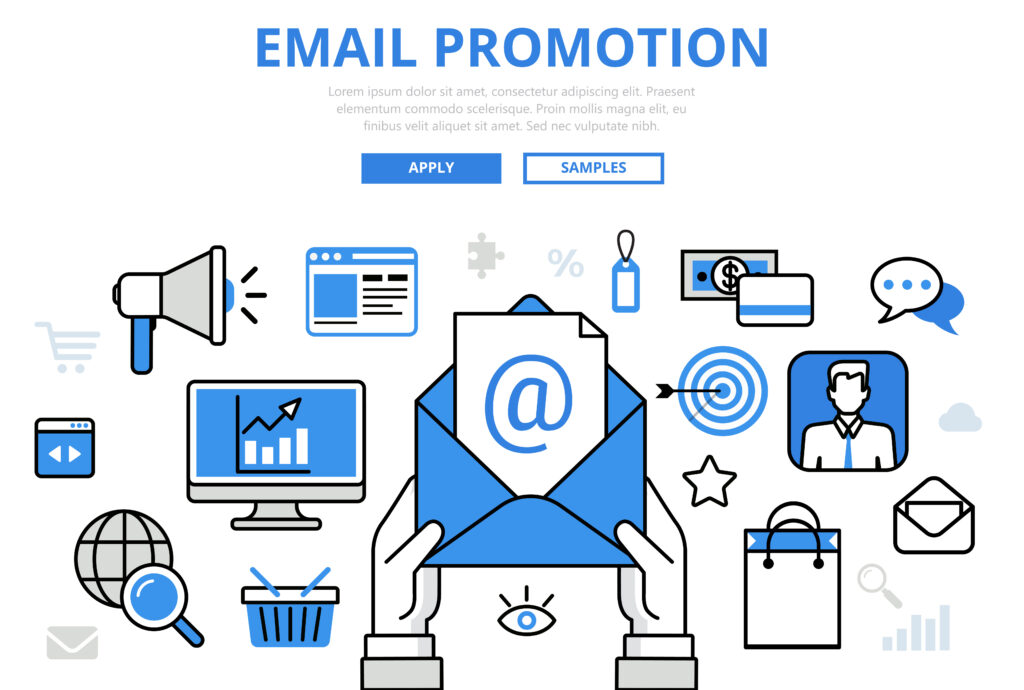Your email subject line is the first thing people see when they receive your email, and it can make or break whether they open it. A well-written email subject line is clear, concise, and relevant to the content of your email. It should also be interesting and engaging enough to make people want to learn more.
In this guide, we’ll teach you how to write email subject lines that get opens. We’ll cover everything from the basics of subject line writing to more advanced tips and techniques. We’ll also include a FAQ section to answer any questions you may have.
The Basics of Email Subject Lines Writing
When writing email subject lines, there are a few basic things you should keep in mind:
- Keep it short and sweet: Most email clients will only display the first 30-50 characters of a subject line, so it’s important to get your point across quickly.
- Be specific: Don’t use vague or generic subject lines. Instead, be as specific as possible about what your email is about.
- Use keywords: If you’re sending an email to a list of subscribers, try to use keywords in your subject line that are relevant to your list’s interests. This will help your email stand out in their inbox.
- Personalize it: If possible, personalize your subject line by including the recipient’s name or some other relevant information. This will make your email more likely to catch their attention.

Advanced Tips and Techniques
Once you have the basics down, there are a few advanced tips and techniques you can use to write even more effective email subject lines:
- Use numbers and power words: Numbers and power words can be very effective in grabbing people’s attention. For example, instead of using the subject line “How to improve your sales skills,” you could use the subject line “3 sales techniques to close more deals in 2023.”
- Create a sense of urgency: People are more likely to open emails that create a sense of urgency. For example, you could use the subject line “Last chance to save 50% on our best-selling product.”
- Ask a question: Asking a question in your subject line is a great way to pique people’s curiosity and make them want to open your email. For example, you could use the subject line “What’s the one mistake you’re making in your sales process?”
- Segment your list: If you have a large email list, you can segment it into smaller groups based on interests or demographics. This will allow you to send more targeted emails with subject lines that are more likely to resonate with each group.
FAQ
Q: How long should my email subject line be?
A: Your email subject line should be no longer than 50 characters. This will ensure that it displays fully in most email clients.
Q: Should I use emoji’s in my email subject line?
A: Emoji’s can be a fun way to add personality to your email subject lines, but they should be used sparingly. Too many emoji’s can make your email look spammy.
Q: What are some common subject line mistakes?
A: Some common subject line mistakes include:
- Using all caps or excessive punctuation
- Making false or misleading claims
- Using spammy language or keywords
- Not personalizing the subject line
Q: How can I test my email subject lines?
A: There are a few different ways to test your email subject lines. One way is to send a test email to yourself with different subject lines to see which ones get the most opens. You can also use an email marketing platform to split test different subject lines and see which ones perform better.
Conclusion
Writing effective email subject lines is an important skill for any business owner or marketer. By following the tips in this guide, you can write subject lines that get opens and help you achieve your email marketing goals.
Additional Tips
- Use humor: A well-placed joke or pun can be a great way to capture people’s attention and make them want to open your email.
- The more creative you are, the more likely your subject line is to stand out from the crowd.
- Test and refine your email subject lines: Over time, you’ll learn what types of subject lines work best for your audience. Keep track of your open rates and click-through rates (CTRs) to see which subject lines are performing the best.